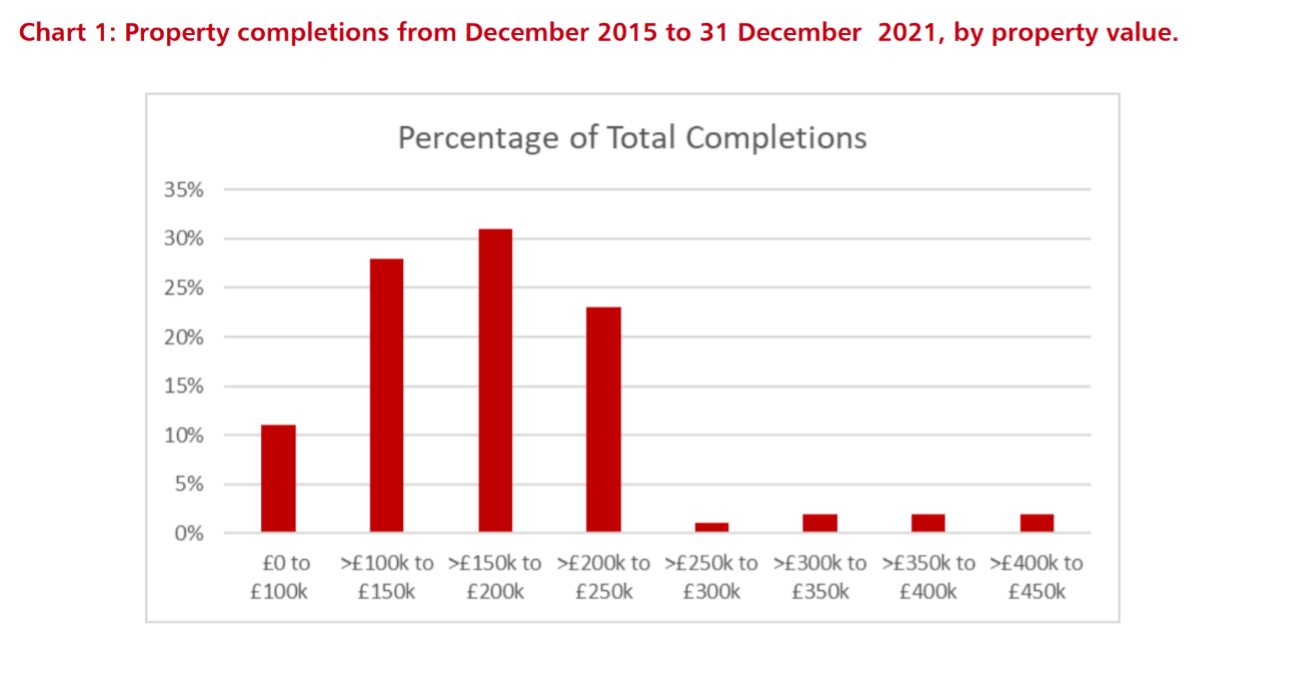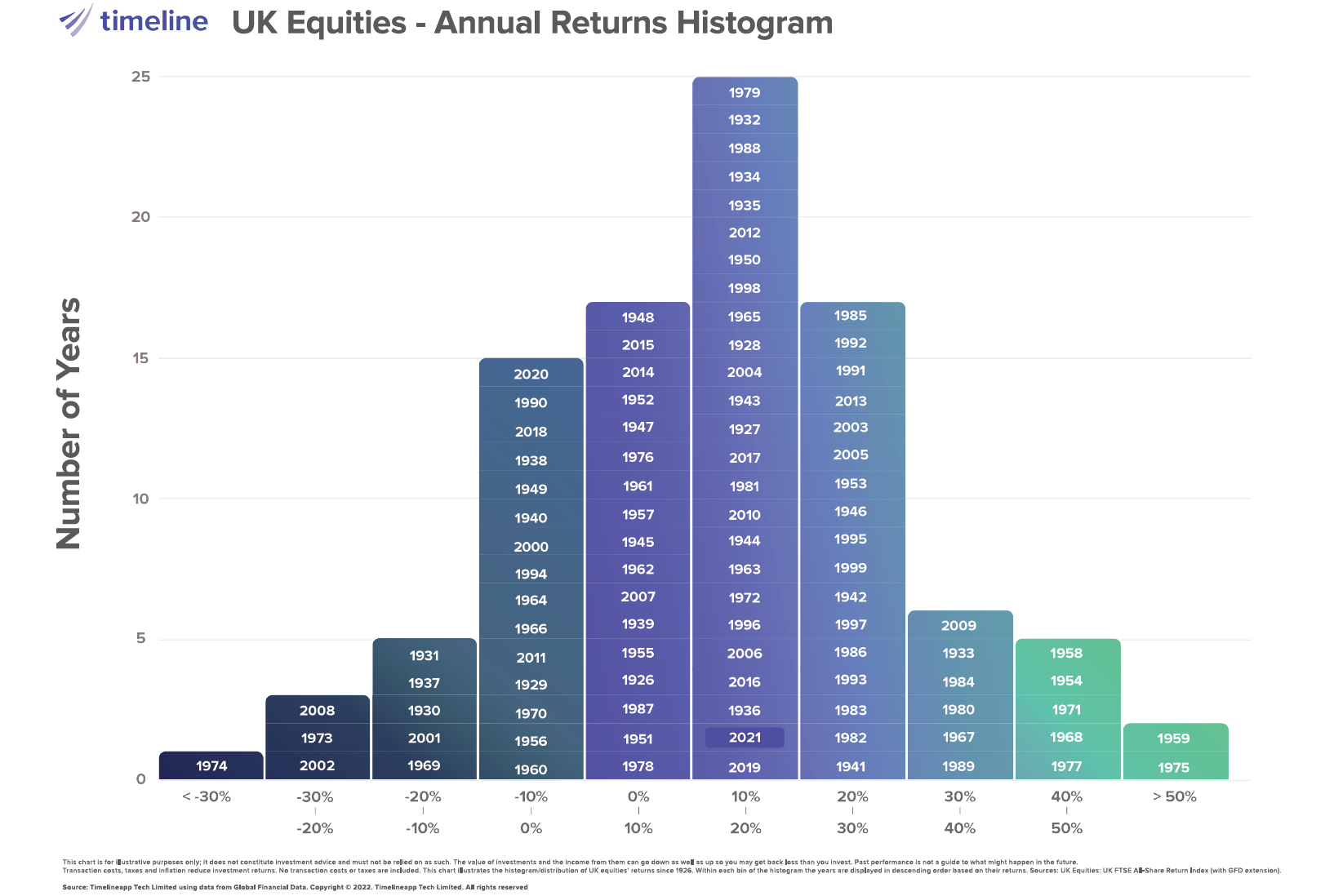How long are you investing?
Dominic Thomas
Feb 2023 • 8 min read
How long are you really investing?
As you know, we use a risk profiling tool, indeed if you have been a client for some years you will know that these have evolved over time. These all tend to test how you feel about investment loss. It’s a bit like throwing a snake into someone’s lap and asking them how they feel about snakes.
In all my time as an adviser I have never met anyone that likes to see the value of their investments reduce. Yet of course they do from time to time – and time is the key word, or perhaps concept.
Investment returns come from companies providing “solutions” to society at large. This results in products and services being sold for a profit and investors in those companies share the rewards of the endeavour. Wherever you are now, take a moment to consider all the things in front of you, to your left and right, including your attire, and perhaps the medication and food you have already ingested today. It’s made, but almost none of it is made by you.
Risky business?
Almost all investment theory works on the assumption that whatever can reduce in value the most is more “risky”. Cash tends not to reduce in value much, except for the impact of inflation or the bank failing. Shares can alter in price dramatically in the course of a few hours. So to simplify, shares are classified as high risk and cash low risk, with Bonds (and there are numerous types) classified as a little higher risk than cash as they provide return of capital and fixed income, much like cash.
Getting the balance between how much you should hold in cash, bonds and shares will dictate your returns (we call this asset allocation). How long you invest for is also a key part of the results. Unfortunately we live in a world obsessed with the short-term and immediate, yet you will almost certainly be investing for the remainder of your life, which I hope is a rather long time.
The interactive chart below shows 1 year returns, 5, 10 and 20 year returns with increased allocation towards shares from Bonds. In this instance the chart uses purely UK data for UK shares and UK Bonds, our portfolios are actually global, but this will hopefully provide some help with long-term thinking and what “risk” really is.
Figures reflect back-tested data for the period 1926-2020. In cases where the minimum return is a positive number, the red bar still portrays the min return but with a positive percentage.
You can draw your own conclusions, using the intelligence bestowed upon you, or you can listen to the the latest ideas about what will happen in the next 12 months, I would advise and suggest taking a much longer-term approach. For the record, the UK stock market is only about 5%-7% of the world stock market, depending on the value of the pound, which is why our clients invest globally.






